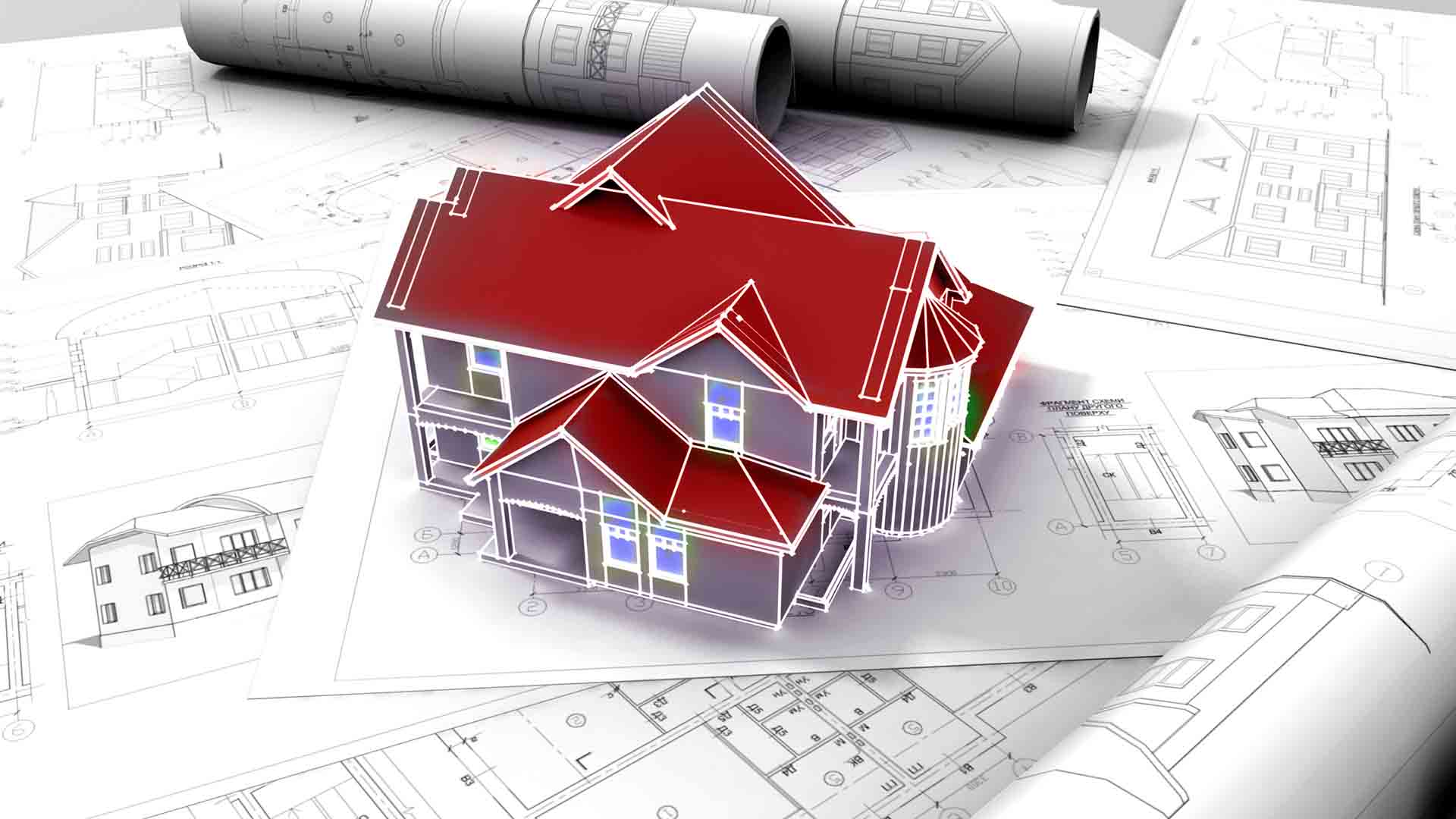Carpet area definition: A property’s area is frequently calculated in three ways: carpet area, built-up area, and super built-up area. As a result, when it comes to purchasing a home, there can be a significant disparity between what you pay and what you actually get. The maximum number of cases registered in the consumer courts, are against developers on the issue of cheating, vis-à-vis the size of the flat. Carpet area definition According to the provisions of the Real Estate (Regulation and Development) Act, 2016 (RERA), it is now the duty of the developer, to make buyers aware of the carpet area and quote prices based on this and not the super built-up area.
What is the carpet area and how is it different from super built-up area?
The carpet area, also known as the net usable area, is the space where a carpet can rest. The built-up area includes the carpet area as well as any additional areas that have been certified by the authorities, such as the area of the outer and inner walls, the dry balcony area, and so on.
The super built-up area, on the other hand, includes the carpet area, the built-up area, and a portion of the balance area, such as the stairs, lobbies, and galleries, which are accessible to all residents. Prior to the RERA, builders would quote the super-built up area, and agents would promote new projects by mentioning how spacious they were. Such violations have prohibited by the RERA.
For example, if the built-up area is 1,000 square feet, 30% (that is, 300 square feet) is usually not usable and is usually the dry balcony, staircase, etc., while 700 square feet is the remaining area used, which is thus the carpet area.
Carpet area and affordable housing
Residential units with 60 square metres of carpet area in metro cities and 90 square metres of carpet area in non-metro cities qualify as affordable housing. Any changes to this understanding must get the green light by the authorities.
Carpet area under RERA
Carpet area definition According to the RERA, carpet area is defined as ‘the net usable floor area of an apartment, excluding the area covered by the external walls, areas under services shafts, exclusive balcony or verandah area and exclusive open terrace area, but includes the area covered by the internal partition walls of the apartment’.
An easier definition would be: Anything inside an apartment’s outer walls, excluding balconies, verandahs, open terraces, and shafts.
Mandatory disclosure of carpet area and its impact
According to Sheltrex CEO Sandeep Singh, buyers will know what size flat they can expect better now. Aside from the carpeting, they’ll also know which rooms have a balcony or terrace. Further, developers need to ensure that the plans reflect the actual carpet area in their projects.”
How it will help home buyers?
Loading accounts for approximately 30% – 35% of the total area in many projects. Shah says accurate information about a project’s site, layout, and plot can influence a buyer’s decision. It is easier to understand the tax implications and rights of a property within a larger structure or building.
Change in price if the carpet area is altered
When providing the buyer with the occupancy certificate, the promoter must confirm the final carpet area provided to them. The real estate law states that in the event of changes, the total payable price will change. You get a 45-day interest-free refund amount once you reduce the carpet area. It is important to note that the increase in the area cannot exceed 3%. If the carpet area grows, the developer may request a larger payment in the next instalment. We’ll charge you at the agreed-upon rate per square foot.
Carpet area, super built-up area and real estate scams
Moreover, RERA ensures that if a developer declares a property as being 900 square feet, it is indeed 900 square feet. Prospective home buyers, however, did not have this benefit for many years prior to RERA. In the past, not only unregistered developers but also well-known builders were accused of real estate scams in which they advertised the property with a large built-up area or completely concealed the fact that very small units were being advertised under the guise of affordable homes.
A significant portion of their project area goes to amenities they provide to home buyers. This, they claim, was the reason why super built-up area or loading was the distinguishing feature prior to RERA. Not any longer.
ALSO READ: What Is Carpet Area, Built-Up Area And Super Built-Up Area?
Penal action against developers for false information
According to Section 61 of the RERA, the promoter can fine 5% of the estimate cost of the real estate project for providing false information and other such violations.
Carpet area in the post COVID-19 world
Developers have been providing clarity about the carpet area of their properties as a result of the RERA. According to independent studies, the demand for larger homes has increased in the post-pandemic world. Before signing on the dotted line, prospective home buyers should inspect the carpet area of the property. Be aware that the carpet area will be approximately 30% smaller than the super built-up area. Don’t get the two wrong.

